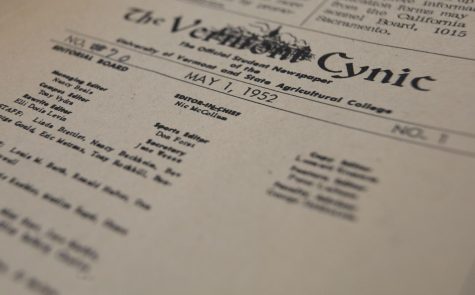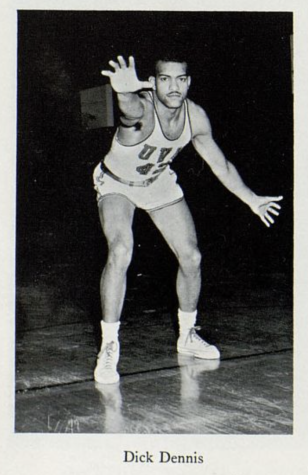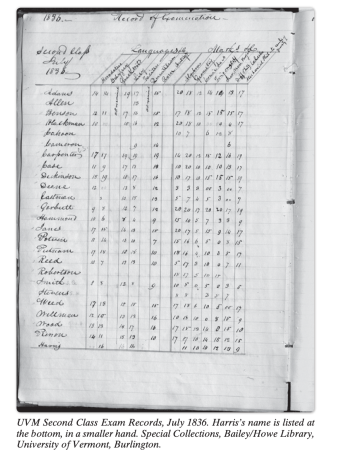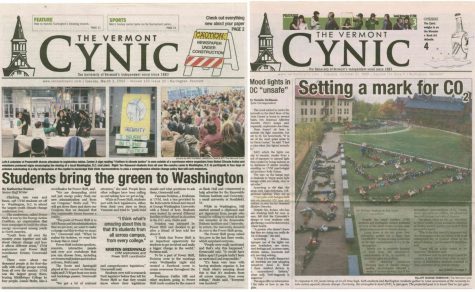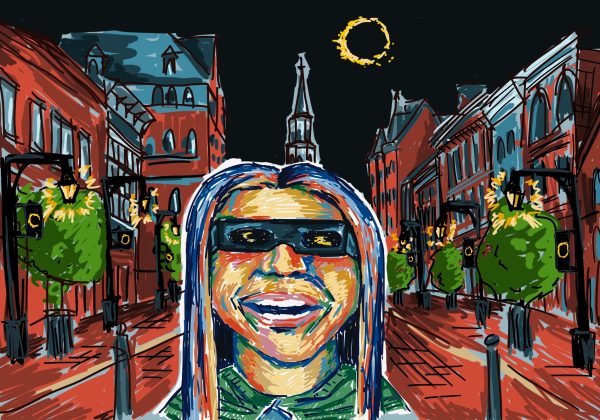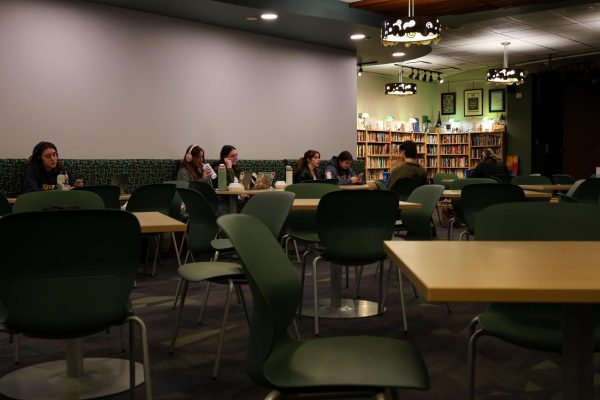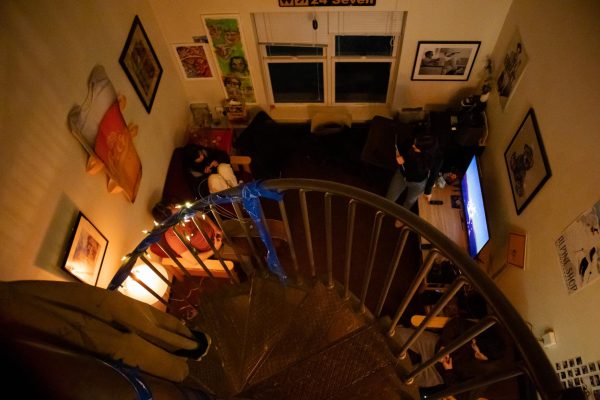URECA! and Helix Grants Fuel Science at UVM
Scientific research is occurring on a wide variety of topics at UVM and is performed by Ph.D.s all the way down to undergraduates. Undergraduates are encouraged to become involved in projects through programs such as URECA! (Undergraduate Research Endeavors Competitive Awards) and Helix Mini grants, where students can receive funding for their work. One such project is an optical study supervised by Dr. David Y. Smith, professor Emeritus of Physics, performed by Carrie Black, a senior physics major, titled “A Study of the Infrared Reflectance Spectra of Titanium Optical Glass.” This work was supported in part by URECA!
Glass is a curious substance: even though people have been making and using it for thousands of years, relatively little is known about the structure. Glass is essentially made of sand (silicon dioxide) and other materials such as cobalt (which turns the glass blue). These are melted together and allowed to solidify. It is difficult to anticipate the properties of a glass, except for color which has been studied extensively, based on its makeup. Atoms in solids usually arrange themselves in ordered lattices, like table salt which is highly regular. But in glasses, this structure appears as an unordered or random network complicating prediction of effects from adding different materials (or impurities) to a base substance such as vitreous (glassy) silica (SiO2). Our goal was to learn how adding a small amount of titanium ion (Ti4+) to vitreous silica affects the optical constants, which tell us something about the way the atoms bond.
Glass samples consisting of 7.5% titanium ions and 92.5% silica were made for us at the University of Rochester by Dr. Stephen Jacobs. We traveled to Brookhaven National Laboratory’s (BNL) National Synchrotron Light Source in February 2005 to measure the reflectivity of the samples with Dr. Christopher. Reflectivity is measured by directing a beam of light of a particular frequency at a sample and detecting the amount of the beam that is reflected from the front and back surfaces. The frequency of the light is then changed and another measurement is made. We measured infrared through visible frequencies. The material will absorb some frequencies of light. These resonant frequencies indicate where in the spectrum the vibrational modes of the atomic bonds lay. Basically, the atoms vibrate in all sorts of directions, knocking against each other. There is some symmetry in the motion of atoms in a molecule – it isn’t all random. These symmetric (and anti-symmetric) vibrations are called modes. Ultimately, how the titanium atoms are bonded and the way they vibrate can be determined.
The reflectivity data was used to calculate the index of refraction, n (a measure of the speed of light through the glass), and the absorption coefficient (or absorption), k. The index of refraction, absorption coefficient and reflectivity of a substance are related via the Kramers-Kronig relation and Fresnel’s formula for reflectivity. These formulas were programmed by Dr. Eugene Shiles and modified for this specific application. The absorption coefficient revealed that the glass has four resonant frequencies (four peaks) where pure silica (without the Ti4+) has three.
Glassy SiO2 has been studied extensively and its modes are due to the motion of an oxygen atom between two silicon atoms[1]. The new peak in the glass is situated just below silica’s major resonant peak. By definition, frequency is the square root of a constant over mass. Since titanium’s mass is larger than that of silicon’s, we expect any vibrational mode with titanium to be at a lower frequency than the same mode for just silica. Now, X-ray studies of titanium glasses show that when titanium ions are deposited in silica they arrange themselves to be in the same form as the silicon atoms [2] [3] [4]. In silica, silicon is situated between four oxygens (even though it only bonds with two) in a pyramid shape with the silicon at the top. This rearrangement is surprising for titanium given that, in nature, a titanium atom is situated in the middle of six oxygens shaped like a diamond. Putting all this together, we determined that the new peak seen in the glass was due to the motion of an oxygen atom between a titanium atom and a silicon atom.
We are continuing to investigate the characteristics of the index of refraction of this glass. The formulas for index of refraction indicate that what happens in the infrared effect what happens in the ultraviolet. This is one detail being studied.
For more information on the URECA! and Helix grants see www.uvm.edu/~provost/ureca and www.uvm.edu/~helix.


